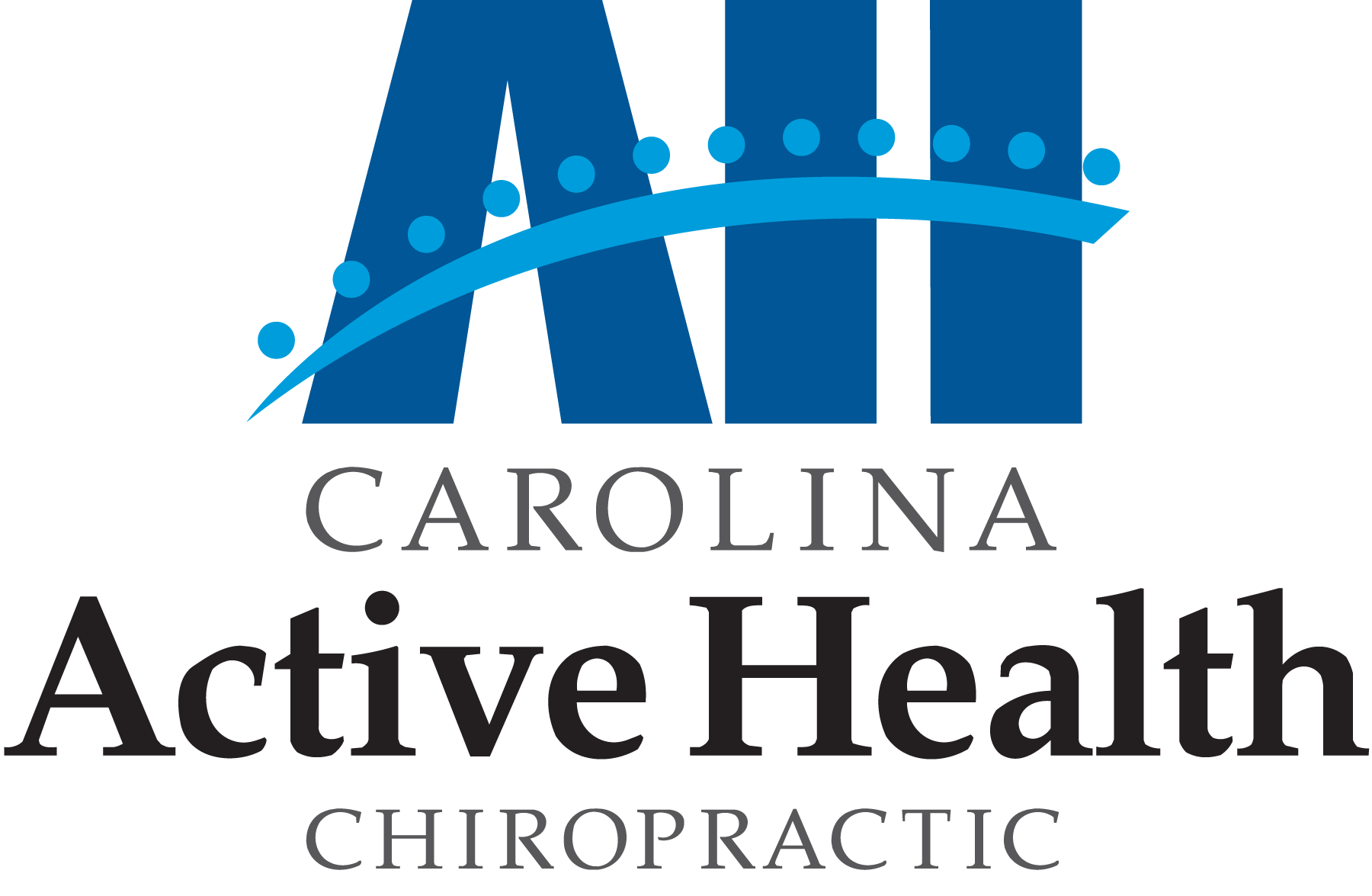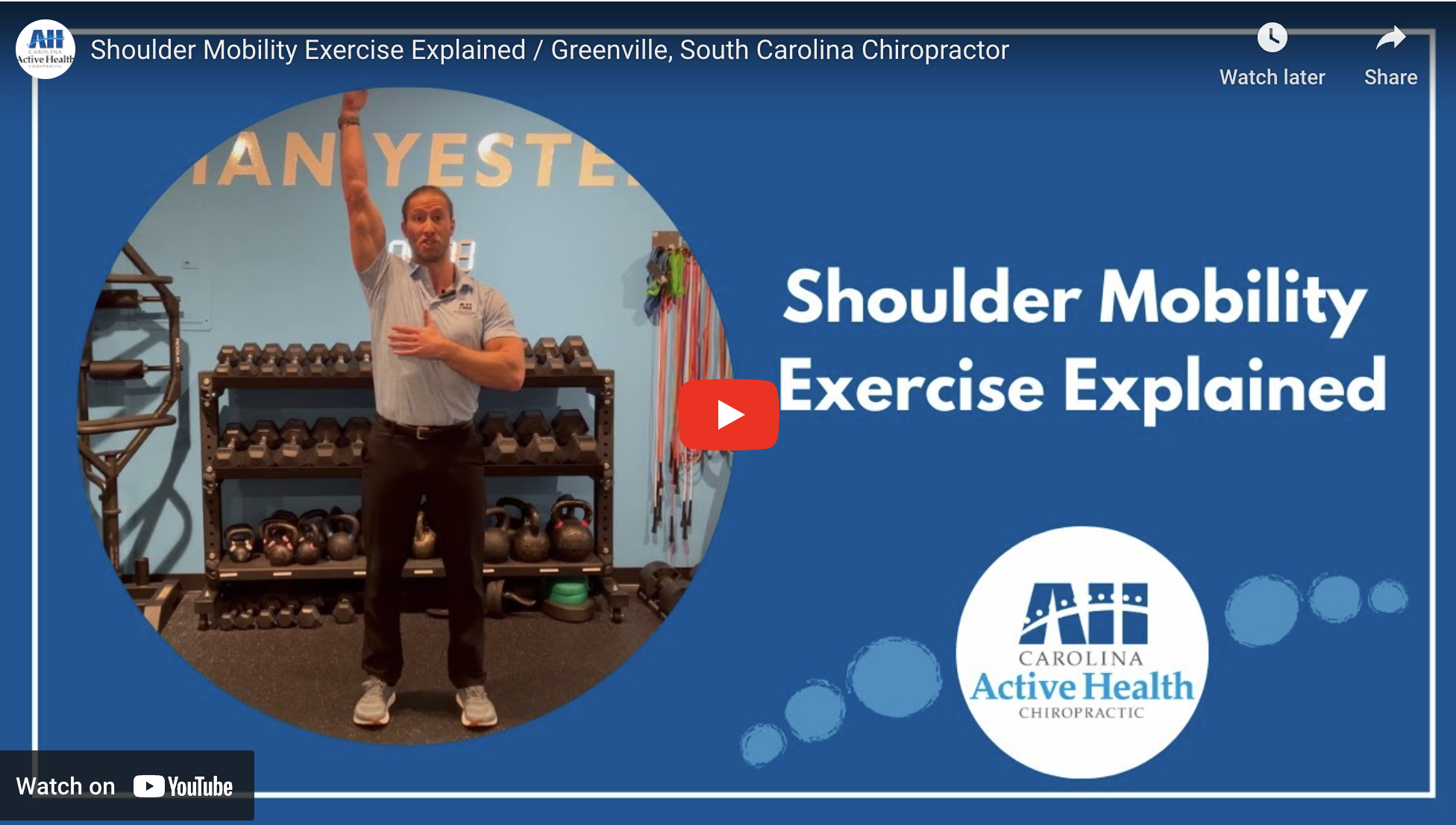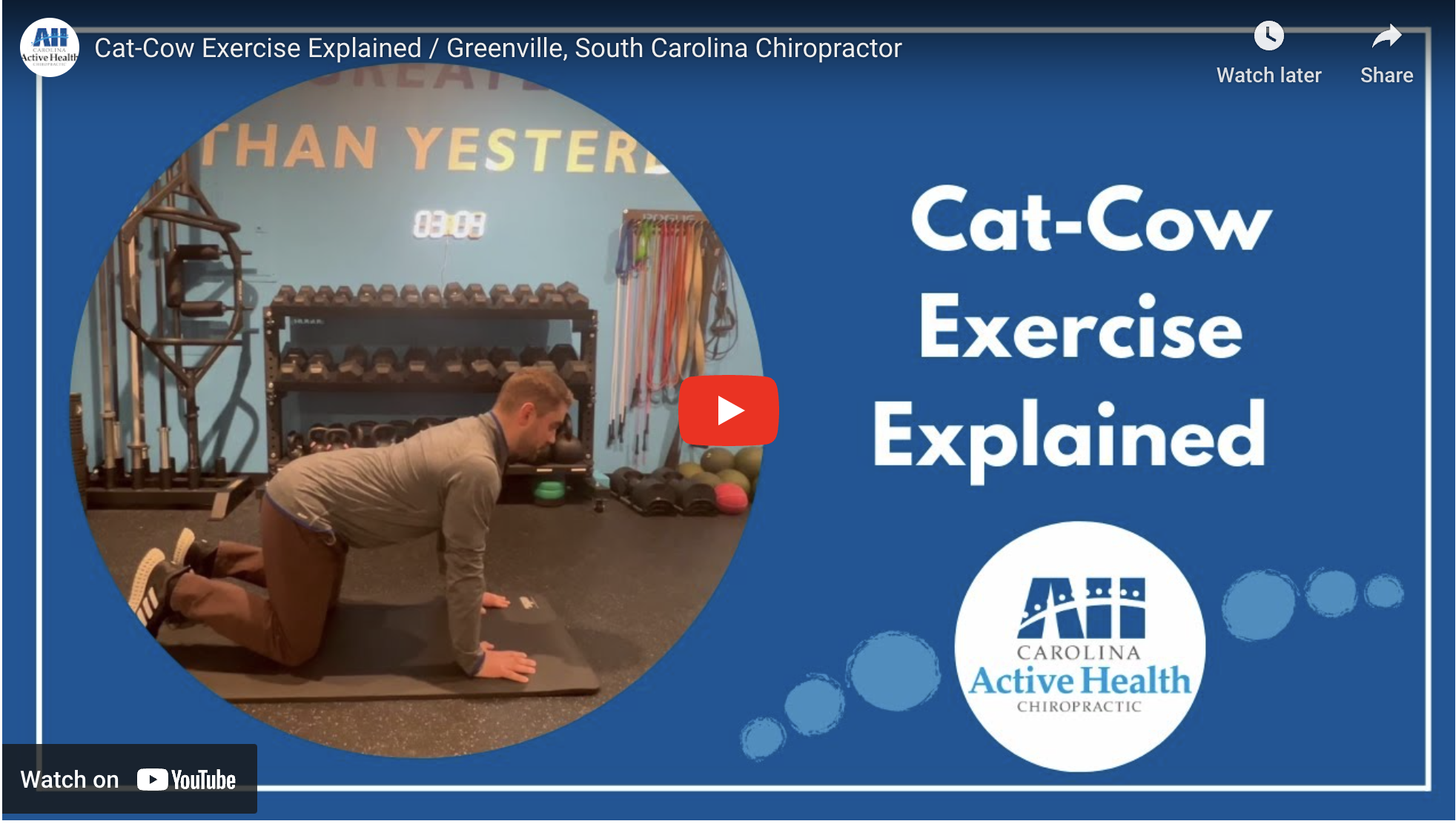Pregnancy is a remarkable journey, but it also brings significant physical changes that can cause discomfort ranging from a mild nuisance to debilitating. As your body adapts to support[...]
Living with chronic back pain can feel like carrying a constant burden that affects every aspect of your life. Whether you're struggling to focus at work, missing out on activities[...]
In the world of sports and fitness, athletes always look for that extra edge, whether shaving seconds off their sprint, lifting heavier weights, or simply recovering faster to stay consistent[...]
The knee joint plays a crucial role in everyday movement, making it vulnerable to injury in both active and sedentary individuals. Chiropractors have in-depth knowledge of the knee and its[...]
While lower back pain is a universal issue affecting people of all genders, ages, and activity levels, research indicates that women are more susceptible to this condition than men. Understanding[...]
Did you know that tennis elbow isn't exclusive to tennis players? In fact, more than 90% of those diagnosed with tennis elbow don't play tennis at all. This condition can[...]
Whether it's from overuse, poor posture, or an injury, shoulder discomfort can significantly hinder our daily activities and overall well-being. Our latest youtube video goes over a fantastic shoulder[...]
Natural Tips to Relieve Back Pain Fast
One of our favorite intro exercises in the office is the cat-camel, also known as cat-cow. If you've practiced yoga, you might be familiar with it. This exercise is[...]
Oxygen, water, food, sleep. These are the four requirements for life. Without them (in varying lengths of time) people die. Sleep is an important factor as it heavily influences our[...]
Blogdrnelson2024-05-09T19:56:19+00:00











